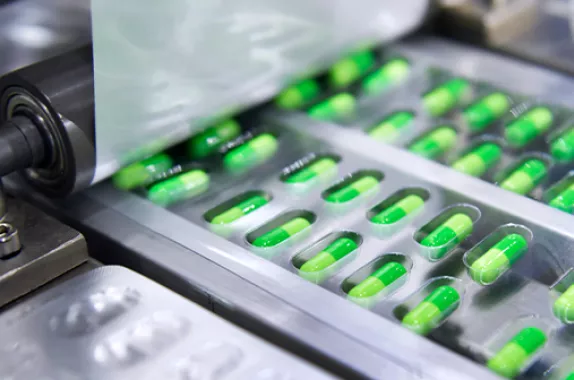green
Our goal
Maximizing Network Value
TraceLink empowers the end-to-end supply chain, for life sciences, healthcare, and more, with visibility, collaboration, and intelligence necessary to improve productivity, agility, and cost control. Our OPUS digital network platform integrates digital ecosystems through a single link, facilitating essential information exchange among systems, processes, and stakeholders, moving toward a resilient, agentically orchestrated, digitalized supply chain.
Our network provides:
Network capabilities
Work the Way You Want
Unlock business potential with integration to all suppliers, customers, and network partners across critical business transactions while supporting your existing enterprise infrastructure.
The Largest Network for Life Sciences & Healthcare
A growing, active network ecosystem
See how the impact of the TraceLink network continues to grow and transform the global supply chain.
The impact of the TraceLink network continues to grow and transform the global supply chain.
339,000+
Active network links
128
Countries with integrated network members
35+
TraceLink network-enabling solutions
Network foundations
Digitalizing the global supply chain
We’re committed to enabling data and information to flow in a usable way between key supply chain players, a fundamental requirement to better communication and collaboration.
B2N Integrate-OnceTM
Integrate once and exchange data with anyone in the network
B2N Integrate-OnceTM
Intelligence
Leverage network analytics to make better business decisions
Intelligence
Collaboration
Collaborate securely and flexibly with all your partners
Collaboration
Network Success
Identify, onboard, and maintain all network members
Network Success
Network Success
Seamless onboarding and continuous support
The TraceLink network and our dedicated Network Success team ensures smooth onboarding and continuous support for our customers and their entire partner ecosystem.
The TraceLink network and our dedicated Network Success team ensures smooth onboarding and continuous support for our customers and their entire partner ecosystem.











